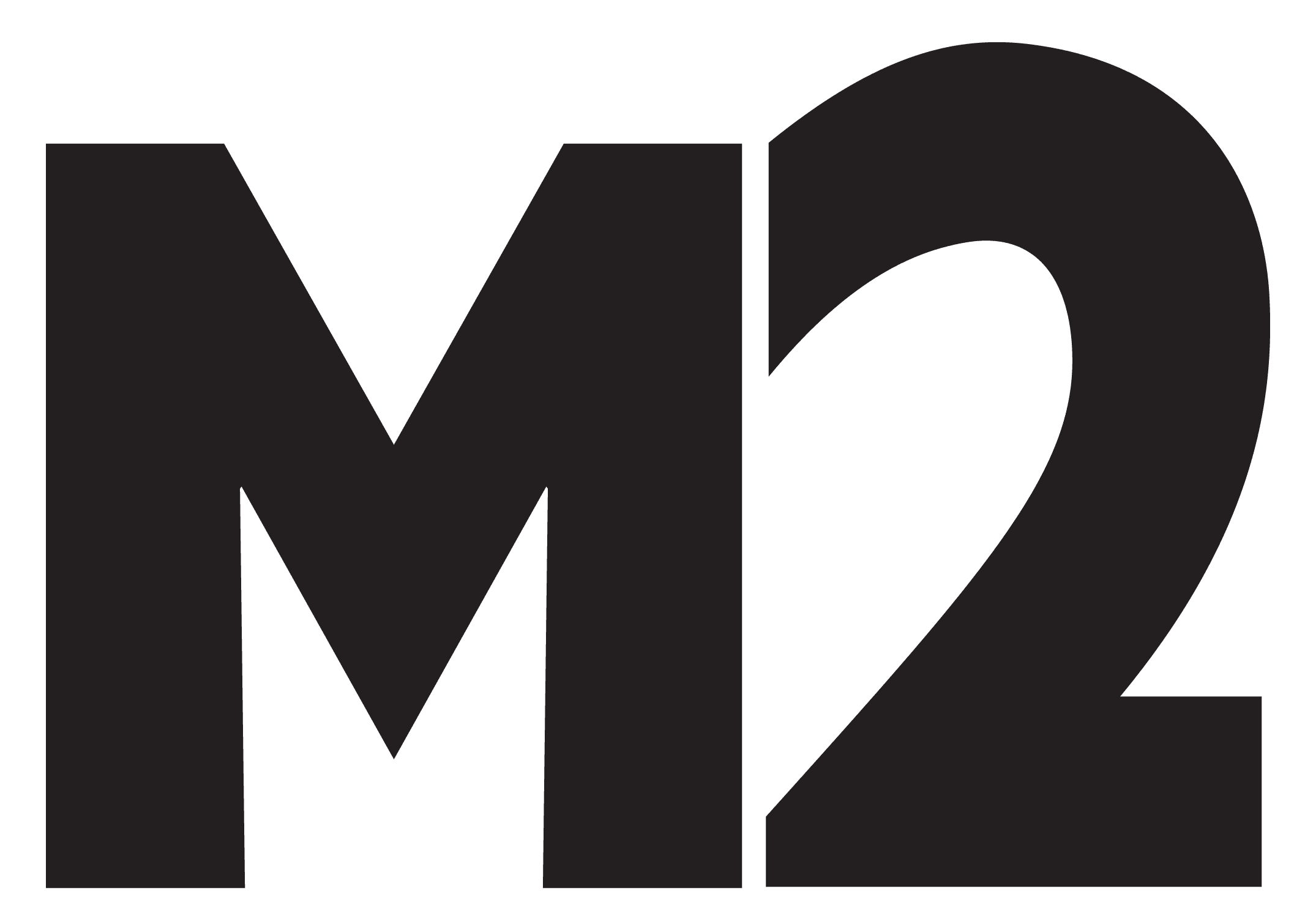From Dreams To Reality Overnight – 3D Printing With Team NZ
Competing in the America’s Cup means coming up with innovative new designs that will give your boat an edge over the competition. But the problem with developing something completely new is that it is untested, so you don’t know if it’s operating at optimal levels or not. You can only learn that through trial and error and, when you are talking about introducing new parts to a race boat during an America’s Cup regatta, then you don’t have much time between races to tweak and/or refine those parts. Until now, that is! Of course, the time between races hasn’t changed – but the ability to design, refine and rebuild new parts has thanks to huge strides in 3D printing. And fortunately for Emirates Team New Zealand, their sponsorship by HP New Zealand has allowed them to take full advantage of this.
So, every day the race data gathered by the Emirates Team New Zealand engineers on the chase boat can be fed back to the designers back at the base. This data can then be analysed and, if need be, a part can be modified to improve performance. At the end of the day, a new design can be fed into the printer and in the morning the new parts are ready to be fitted – for an instant performance upgrade.

Sure, the team has used 3D printers to make parts before, but in Bermuda they were working with an independent contractor so there were often lengthy delays or breakdowns in communication, so there were no guarantees the parts would be right for racing. This time out, by working closely with HP New Zealand, things have worked a lot better. HP supplied Emirates Team New Zealand with a HP Jet Fusion 580 Color 3D Printer they could use to create functional parts, from hydraulic manifolds to button covers, literally overnight – and the improvements in turnaround time and options on iterations has been a huge success. “We started off using it for proto-typing but now lots of parts are used on the boat,” says Emirates Team New Zealand head of design, Dan Bernasconi. “We’re making elements that might be impossible to manufacture any other way because they’re impossible to machine.” The team have enjoyed using the 3D printer so much they’re using it to make just about everything under the sun including things as simple as earpieces for their comms headsets. Even the PPE face shields necessary during the COVID-19 lockdown were made by the HP printer, with extras printed and delivered to essential workers via not-for-profit community organisation ShieldsUp.
The way the Multi Jet Fusion Technology works is by applying a layer of material in a work area and, in one continuous pass, it prints fusing and detailing agents across the full working area. The build platform is then lowered layer by layer. The process is then repeated until the complete part is printed. Plus, it’s so quick that if something doesn’t work today, it’s just as easy to make a new one and switch it out tomorrow. And, because multiple items can be printed at once, it saves even more time. Designers’ imaginations are only limited by the size of the build chamber, which is about the size of an A4 sheet of paper. “We also use HP Multi Jet Fusion Technology to custom mould the controllers [skippers] Peter Burling and Blair Tuke use so they have better control of the foils.” Emirates Team New Zealand IT manager Marty Yates says, “Ten years ago, you wouldn’t have dreamed of being able to do something as customised as this, having that level of control.”
At the moment, all parts are made from PA-12 Nylon which is incredibly light and strong to help the boats go faster, but some components still need to be made of metal. Luckily that’s on the drawing board at HP with NZ Country Manager Oliver Hill promising an HP Metal Jet launching this year: “That’s going to completely change the game and make creating even more components possible. We started out being able to print in black only, now we have full colour and next year we’ll have metal, so we’re looking forward to evolving even further for the next America’s Cup.”
But it won’t just be the America’s Cup that benefits from such incredible Multi Jet Fusion Technology, as this could just be a key trigger for bringing manufacturing jobs back to New Zealand – and in every possible field from aerospace to automotive. Now, that’s something very exciting to look forward to, all we need to do is accept this new technology and start applying it in our businesses from now on.
Dan Bernasconi certainly thinks so; “We’ve seen a massive gain in productivity as a result. We couldn’t imagine how much we were going to use it. Any manufacturer or design business is going to see the same.”’

